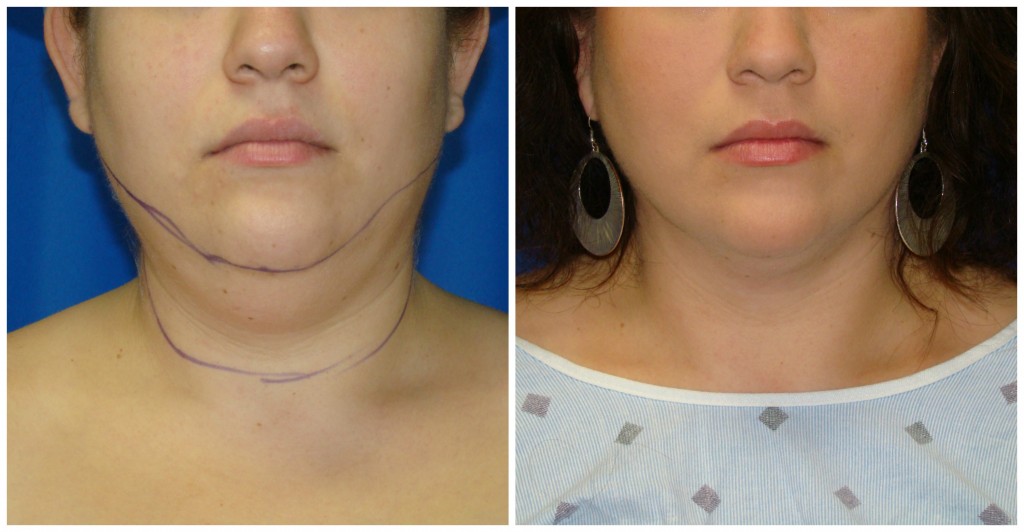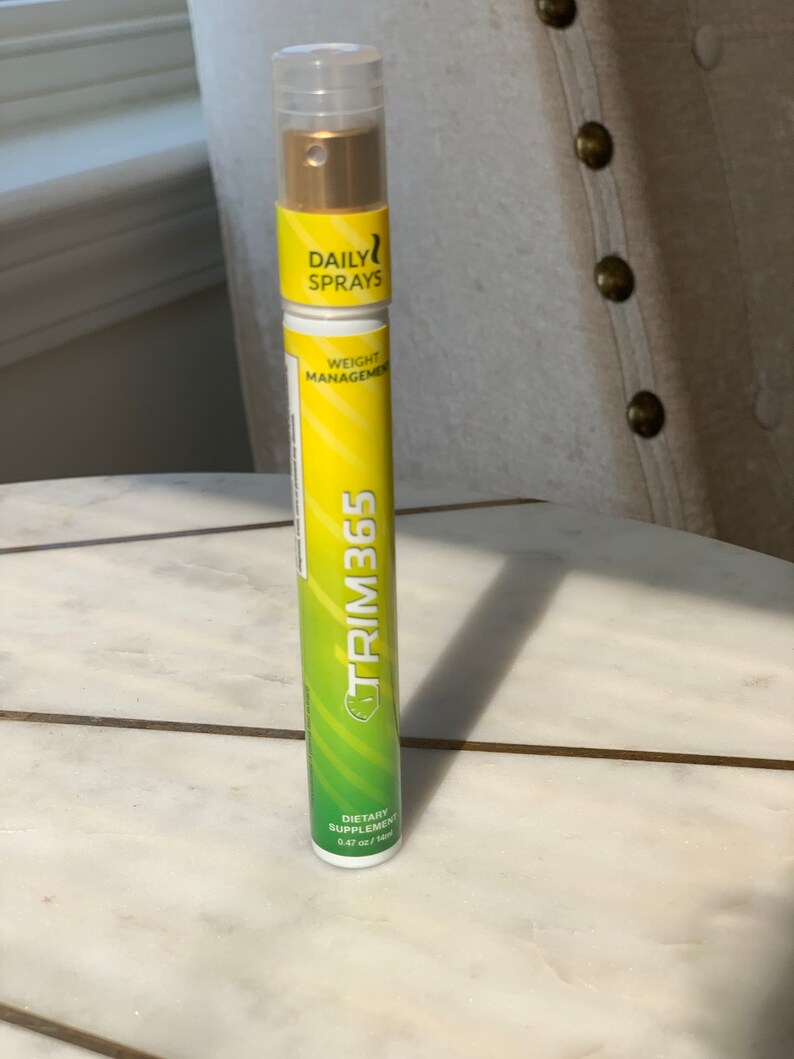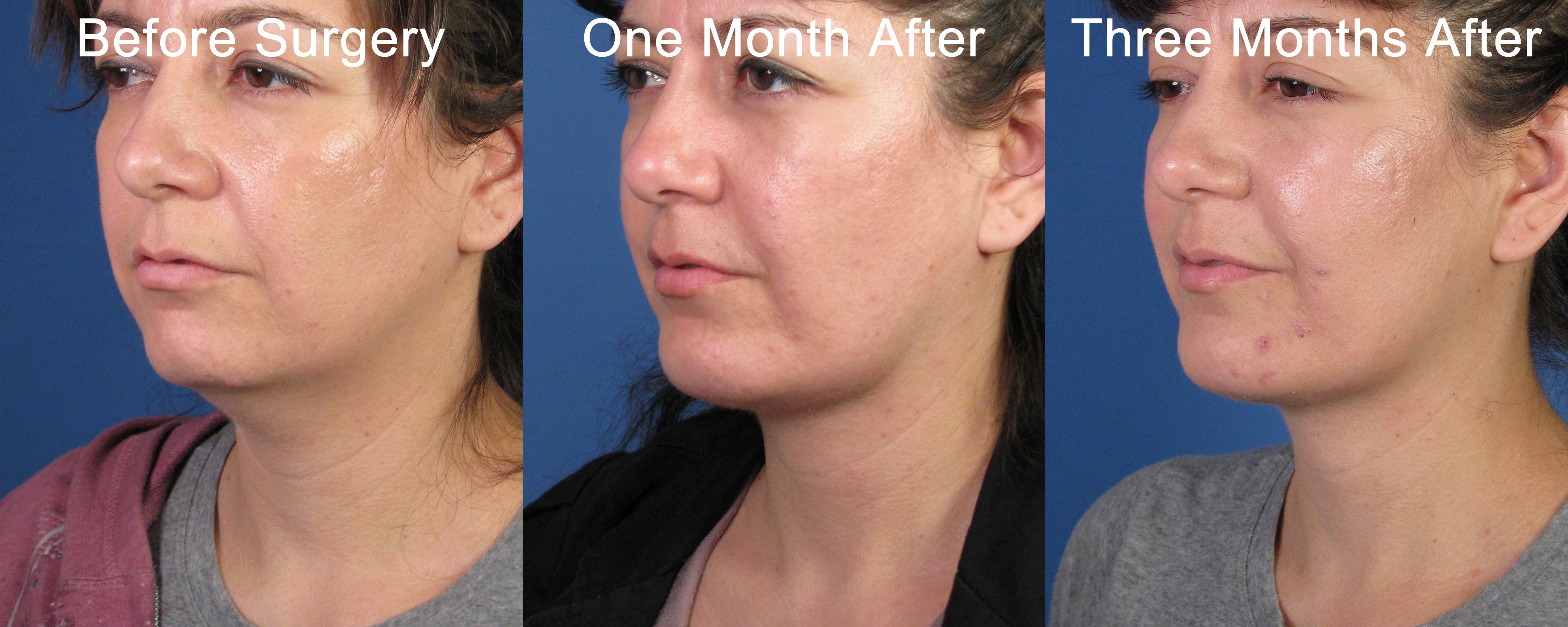
The aim of the interview is to go through all aspects of the treatment with you. The doctor will listen to your wishes and provide you with expert and honest advice about the possibilities, limitations, risks and possible complications. During this appointment you will meet the doctor who will operate on you. will be invited for a consultation prior to any surgery.

Preparing patients for cosmetic surgery and aesthetic procedures: Ensuring an optimal nutritional status for successful results. Liposuction: Keeping it safe! /labs/pmc/articles/PMC7209863 news/blog/what-you-need-to-know-about-your-liposuction-recovery What you need to know about your liposuction recovery. Assessing cosmetic surgery safety: The evolving data. documents/News/Statistics/2020/cosmetic-procedures-average-cost-2020.pdf
Liquid lipo chin skin#
Keep in mind that it takes time for swelling to subside and skin to tighten, so you may not see the full results for 3 to 6 months. You’ll no longer have to wear your compression garments and can likely resume regular activities, including exercise. After a month and a half: Your bruising and swelling should have decreased significantly.After 1 month: Much of the pain and swelling will have subsided.If your work requires intensive physical activity, you may need to wait longer. Many people can return to work by the 2-week mark, but it depends on the person. First 1 to 2 weeks: You’ll need to continue taking it easy.Plan to enlist help with even basic tasks like cleaning, cooking, or caring for children.Drink plenty of fluid and avoid excess salt to reduce swelling.This regimen will help soothe pain and swelling and help your body heal in the correct position. Plan to rest up and wear your compression garment or bandages as directed.

Additionally, you may want to do the following: First 3 days: You’ll experience quite a bit of pain and discomfort, but you’ll be instructed to take over-the-counter or prescription pain-relieving medication.Here’s what to expect as you recover from liposuction: The laser energy helps stimulate collagen production, which could potentially help reduce post-procedure sagging.The tubes are smaller than the ones used in other types of liposuction, which makes the procedure better for areas of the body like the face, neck, or chin.Once the cells are liquefied, they’re either drained out through tiny tubes or suctioned out.


Laser-assisted liposuction: Also called “ laser liposuction,” this method uses laser energy to liquefy fat cells.It’s sometimes used in combination with the tumescent technique.This method is especially useful for removing fat from fibrous areas, such as the lower back.Ultrasound-assisted liposuction: Also called “ ultrasonic liposuction,” this approach involves the use of ultrasonic vibrations to transform fat cells into liquid.You might also come across “wet” and “dry” techniques that use even less fluid or none at all, but these techniques aren’t common because they’re associated with higher amounts of blood loss.This method takes less time but also may require more sedatives to reduce pain.Super-wet technique: The super-wet technique is similar to tumescent liposuction but uses less fluid.The solution contains an anesthetic, epinephrine, to contract blood vessels and an IV salt solution that’s suctioned up with the fat.The procedure involves injecting a medicated solution into targeted areas.Tumescent liposuction (fluid injection): Tumescent liposuction is the most popular type of liposuction, though it tends to take longer than other approaches.There are four main varieties of liposuction:


 0 kommentar(er)
0 kommentar(er)
